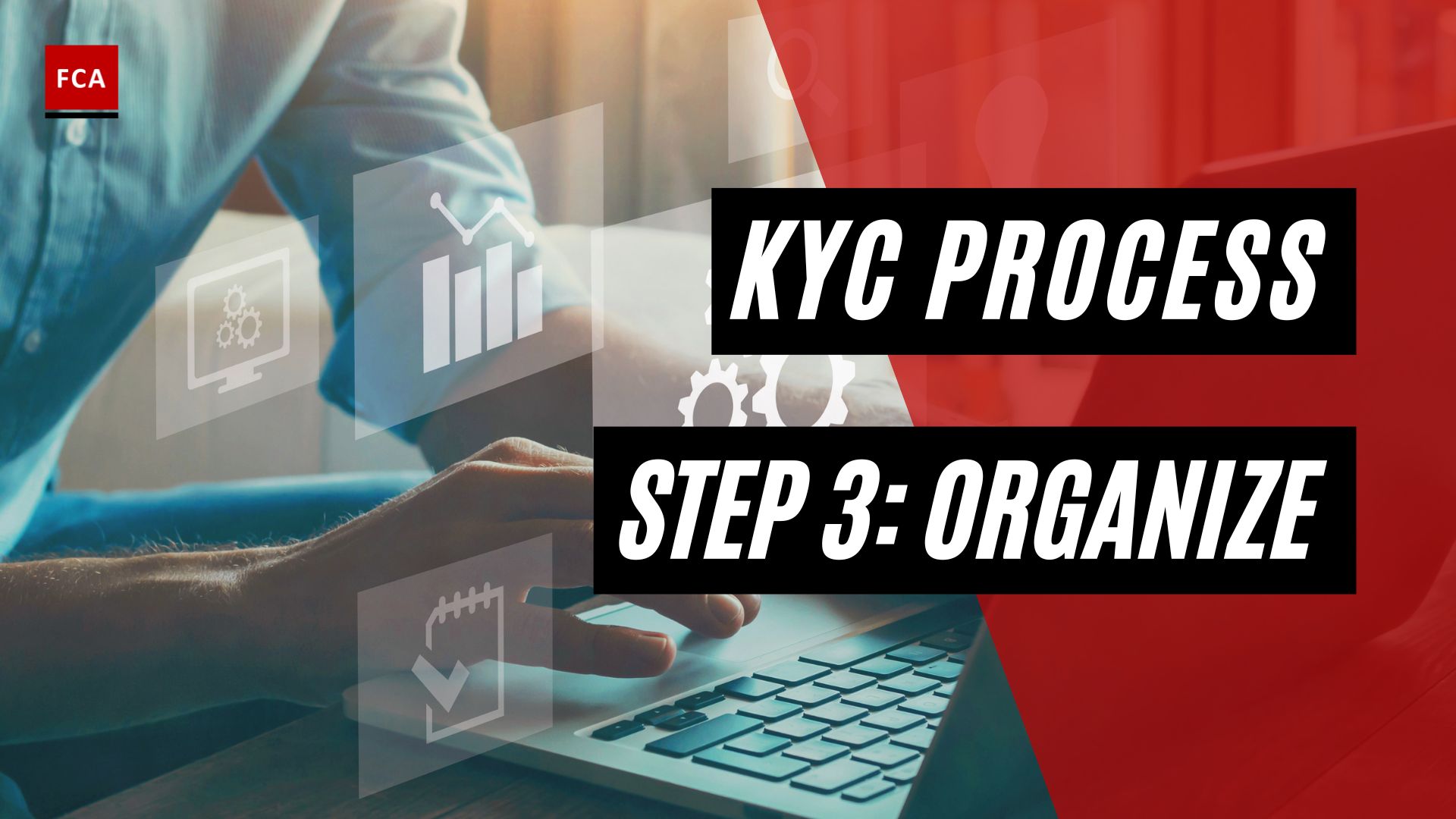CDD/KYC Compliance Program. The Chief Compliance Officer (CCO) is in charge of the compliance function, which includes the implementation of the Board-approved Compliance Program and its components, such as the compliance policy, AML policy, and KYC policy. The Central Compliance Committee (CCC) and the Board of Directors must examine and approve the Compliance Program, which includes the policies, under the supervision of the CCO.

Elements Of An Effective CDD/KYC Compliance Program
A compliance policy is a written framework that outlines the business’s responsibilities under applicable regulatory requirements such as the PCMLTFA and its regulations.
Compliance Procedures, which explain the process and controls created and executed in various processes and departments to guarantee that regulatory requirements are met, are detailed in compliance policy.
AML Requirements Related To Compliance Policy And Procedures:
The compliance policies and procedures must be:
- written and should be in a form/format that is accessible to its intended audience;
- kept up to date (including changes to legislation or your internal processes, as well as any other changes that would require an update); and
- approved by a senior officer, of the entity.
Compliance policy and procedures should be made available to all the employees, agents, and any others that deal with onboarding clients, establishing relationships with clients, being involved in the execution of transactions, and other activities.
Key Components Of Compliance Policy And Procedures
Compliance policies and procedures should cover requirements to have an appointed compliance officer, a risk assessment, and ongoing compliance training program and plan, and a two-year effectiveness review and plan, which consists of a review of your policies and procedures, risk assessment, and ongoing training program and plan.
- Know your client (KYC) requirements which include requirements for verifying the identity of the client, politically exposed persons (PEPs), heads of international associated organizations, their family members and close associates, beneficial ownership, and third-party involved;
- Business relationship and ongoing monitoring requirements;
- Record-keeping requirements;
- Reporting requirements;
- Requirements related to suspending or rejecting an electronic funds transfer (EFT) or virtual currency transfer request received;
Training
As part of the Compliance Program, the financial institutions are required to establish and implement an ongoing employee training program as a part of fulfilling their AML requirements and implementing the Compliance program. Training should include regulatory requirements and the internal AML policies, procedures, and processes.
At a minimum, the training program must provide training for all personnel whose duties require knowledge of the BSA requirements. Training must be provided periodically, such as annually, including the Board members. The AML compliance officers are required to complete an internal AML/CFT certification program, as “knowledge checks” to ensure an understanding of the AML/CFT regulatory requirements.
Employees may also be trained through additional multiple channels including Web-based training, workshops, and additional courses as needed. The completion of AML training is tracked internally and the failure to complete the required training is taken very seriously and may lead to discipline up to and including monetary penalties and/or job termination. On the successful completion of AML training controls, violations may be reduced.
What’s The Difference Between AML And KYC?
AML is a more comprehensive and all-encompassing practice than KYC. AML compliance refers to a comprehensive set of policies that a company uses to protect itself from criminal infiltration, money laundering, terrorism financing, human trafficking, and other threats. For corporations, banks, fintechs, and other financial institutions, KYC is a critical component of AML.
Know your customer (KYC) is the regulatory process by which a financial institution verifies a customer’s identity by evaluating their credentials before granting them access to a service. KYC policies enable businesses to better understand their customers and their financial dealings, allowing them to effectively mitigate and manage risks.
How Is KYC Related To AML?
KYC is the first step in an organization’s AML compliance program. KYC is the process of verifying a client’s identity and understanding their risk profile, but there are additional steps required to fully protect against financial crimes.
A complete AML compliance program includes a KYC procedure as the first step in verifying a customer’s identity, managing risk factors, and monitoring their accounts. KYC is the most important step in an institution’s anti-money laundering policy. It is critical to carefully verify a customer’s identity, assess their risk, understand their general financial habits, and have the necessary procedures in place to detect anomalies. Strong AML compliance policies enable businesses to quickly identify and eliminate risks as they arise.
Final Thoughts
KYC AML compliance is not only necessary to keep customers safe and satisfied; it is also the law. All banks and financial institutions must follow a set of AML policies that are regulated. KYC policies are the first step in a comprehensive AML strategy for financial security. They protect against identity theft and ensure that banks and other financial institutions are not involved in terrorist, money laundering, human trafficking, or other criminal organizations, whether knowingly or unknowingly.








